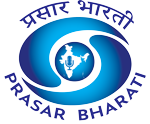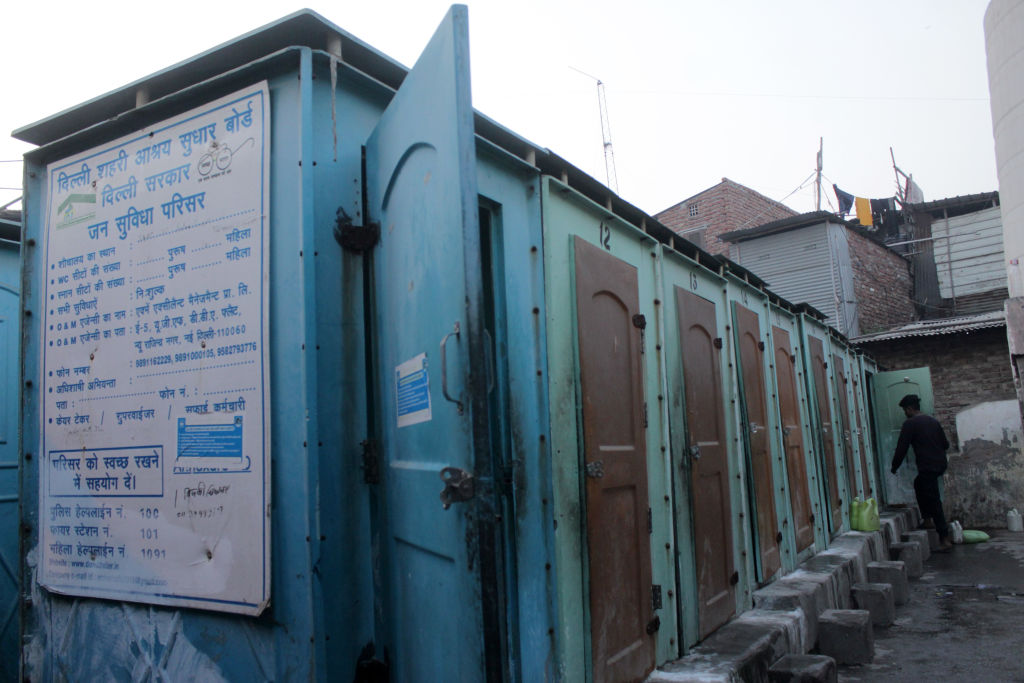As the world observes World Toilet Day today, India’s sanitation efforts under the Swachh Bharat Mission (SBM) continue to stand out as a major example of large-scale reform. Over the past decade, the country has seen a significant shift in sanitation access, with sharp growth in Open Defecation Free (ODF) Plus villages, expanded household toilet coverage, and stronger waste management systems.
According to the Ministry of Health and Family Welfare, the number of ODF Plus villages has risen to 5,67,708 — a 467 per cent increase since 2022 — while 4,692 cities have been certified ODF as of November 2025.
Access to safe sanitation has been central to reducing disease, improving environmental outcomes, and enhancing safety and dignity, particularly for women and children. World Toilet Day, observed on November 19, highlights the global sanitation challenge and reinforces commitments toward Sustainable Development Goal 6 on clean water and sanitation. India’s progress under SBM continues to be recognised by UN agencies such as UNICEF as one of the world’s largest sanitation improvement efforts.
Launched in 2014, the Swachh Bharat Mission aimed to eliminate open defecation and strengthen waste management across rural and urban areas. By October 2019, all villages, districts, and states were declared Open Defecation Free (ODF), contributing to major health and economic gains. WHO estimates indicate 300,000 fewer diarrhoeal deaths in 2019 compared to 2014, while households in ODF villages reported annual savings of nearly ₹50,000 on health expenses. Women also reported improved safety and privacy due to wider toilet access.
Since 2020, SBM-Gramin Phase II has focused on sustaining ODF achievements through enhanced solid and liquid waste management. Villages now progress through ODF Plus categories — Aspiring, Rising, and Model — based on waste systems and visual cleanliness. More than 95 per cent of villages have attained ODF Plus status, with numbers increasing from one lakh in 2022 to 5.67 lakh in 2025.
Urban sanitation has recorded similar gains. As of November 2025, 4,692 cities are ODF, 4,314 have achieved ODF+, and 1,973 have reached ODF++ status. The mission has exceeded construction targets for individual household toilets (108.62 per cent) and community and public toilets (125.46 per cent), ensuring facilities match rapid urban growth.
Complementary schemes such as AMRUT and the Jal Jeevan Mission have further strengthened sanitation outcomes. AMRUT has supported urban water supply, sewerage, and septage management, grounding 890 sewerage projects worth ₹34,447 crore and creating or augmenting 4,622 MLD of sewage treatment capacity. The Jal Jeevan Mission, launched in 2019, has worked to provide safe drinking water to rural households while helping sustain ODF status nationwide.
India’s sanitation journey has evolved from eliminating open defecation to building long-term systems for hygiene and waste management. As the country marks World Toilet Day, initiatives like the Swachh Bharat Mission, AMRUT, and Jal Jeevan Mission continue to advance public health, environmental protection, and dignity, positioning India as a global leader in sanitation reform.














